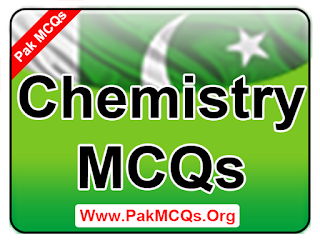181. At equilibrium the rate of
disappearing of reactants and the rate of formation of products are?
A. Equal
B. Different
C. Very
different
D. Almost
equal
182. The change of concentrations of reactants
and products with time is called?
A. Rate of
equilibrium
B. Forward
rate
C. Rate of reaction
D. Backward
rate
183. When at equilibrium there is no motion
what so ever, it is called?
A. Dynamic
B. Permanent
C. Dead
D. Static
184. All types of chemical equilibra and
equilibra between physical states are called?
A. Static
B. Dynamic
C. Permanent
D. Temporary
185. At equilibrium, as long as the volume of
the container and the temperature of the chemical system remains unchanged, the concentrations of
reactants and products?
A. Changes
B. Keep on
changing
C. Do not change
D. Is fixed
186. At the beginning the concentrations of
reactants and products change?
A. Sharply
B. Rapidly
C. Slowly
D. Smoothly
187. The concentrations of the active masses
of the reacting species and the rate of reaction are?
A. Related
B. Interdependent
C. Independent
D. Not
related
188. Law of mass action was put forward by?
A. Waage
B. Einstin
C. Guldberg
D. Goldberg
and wage
189. The rate at which a chemical reaction proceeds
and the product of the active masses of the reacting substances are?
A. Directly related
B. Indirectly
related
C. Related
D. Not
related
190. A homogeneous mixture of two or more than
two substance whose proportions can be varied within certain limits is called?
A. Solution
B. Mixture
C. Element
D. Compound



















0 comments:
Post a Comment
Hello!
Although Every Comment is Appreciated. Feedback, Suggestions, Any Question Comment Below Be Carefully & Feel Free. Admin Will Give You Answer of Your Question in Just Within 12 Hours.